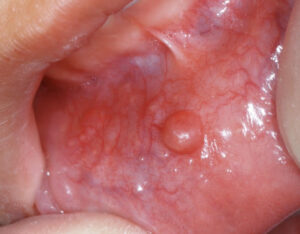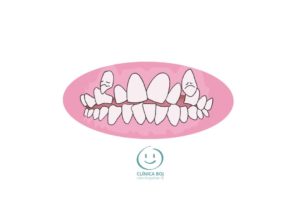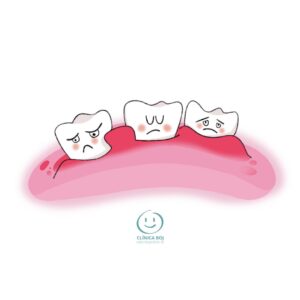Tooth brushing steps in children and young people
Tooth brushing steps in children and young people are important. We must keep this routine since the 1st tooth appears & maintain it throughout our lives.
Until the child is about 6-8 years old, cleaning should be done by adults, and after this age it is not superfluous to supervise it.
What makes teeth stronger?
Brushing your teeth cleans them of plaque and makes them stronger. Plaque is a sticky layer of bacteria that forms on your teeth and gums. Also, it produces acids that attack tooth enamel and can lead to tooth decay and also irritate the gums.
What is needed to follow tooth brushing steps?
The best way to remove plaque and keep good oral hygiene is the child to brush his teeth and clean between them every day. To do it correctly we will need:
Toothbrush
The size and shape of the electric or manual toothbrushes should be adapted to the mouth of each kid, so that it can reach all areas with ease. The toothbrush should be changed every 2-3 months to keep it in perfect conditions.
Fluoride toothpaste
It will help protect teeth against cavities with a minimum minute brush.
Floss or interdental brushes
Interdental cleaning once a day, with dental floss or special cleaners, removes plaque from between the teeth, where the toothbrush cannot reach, and is essential to prevent periodontal or gum disease.
¿What are the 10 steps to brushing your teeth?
To help children brush their teeth, adults must first learn how to do it. There are several videos on the Internet that can help us to know how to perform brushing steps in young people, with very clear images. For practical purposes, here are the steps to be performed one by one:
- Put no more than a pea sized amount of toothpaste on the brush if the child is only between 3 and 6 years old.
- Create an order of the mouth. For example, mentally divide the teeth into four quadrants, two at the top and two at the bottom.
- Start with the top, outer surfaces of the teeth. The brush should be placed on a horizontal position to the tooth, slightly inclined towards the gum.
- Make downward brushing movements, always from the gum towards the edge of the teeth.
- After brushing the outer surfaces, we move on to the internal ones with the same technique.
- Then we move on to the grinding faces, these are brushed with horizontal forward and backward movements.
- Then we brush the quadrant of the upper arch and repeat the process.
- Then we move on to the lower part. Again we start with the outer surfaces, brush slightly inclined towards the gum and movements from the gum towards the edge of the tooth.
- Then we continue with the internal faces. For the inner side of the incisors (front teeth), both upper and lower, we use the tip of the brush.
- Afterwards, it is advisable to brush the tongue, with the brush always sweeping forward. To avoid nausea, it is advisable to stick out the tongue well when brushing.
How do you teach a child to clean their teeth?
Children do not do the up and down movements well. They learn brushing with horizontal movements earlier. With the same brushing position, the teeth and molars should be rubbed horizontally in pairs. We should go over the entire height of the tooth and insist on the point where the gum begins.
Interdental cleaning
It is the perfect complement to brushing. Interdental cleaning removes food debris that remains between the teeth. It should be done once a day with manual or electric toothbrushes.
There are people who have problems handling dental floss and prefer another type of interdental cleaner: special brushes, wands, etc. In these cases, it is best to ask the pediatric dentist how to use them correctly so as not to injure the gums.
When should children start using dental floss?
Flossing should be started as soon as the teeth contact each other, between 2 and 6 years of age. Even though it may take several years to master the technique, it is worthwhile to initiate them.
The flossing technique is very easy:
- Take out about 40 cm of dental floss and roll each end on the middle finger of each hand.
- Then, release from one side and pick up with index fingers and thumbs as it gets dirty.
- Put the floss gently with pressure against the tooth, never against the gum.
- We pass it between two teeth, sweeping the lateral face of one and then the other, from the gum to the edge of the tooth.
- To end, do not forget the posterior face of the last molar on each side.
References in pediatric dentistry:







